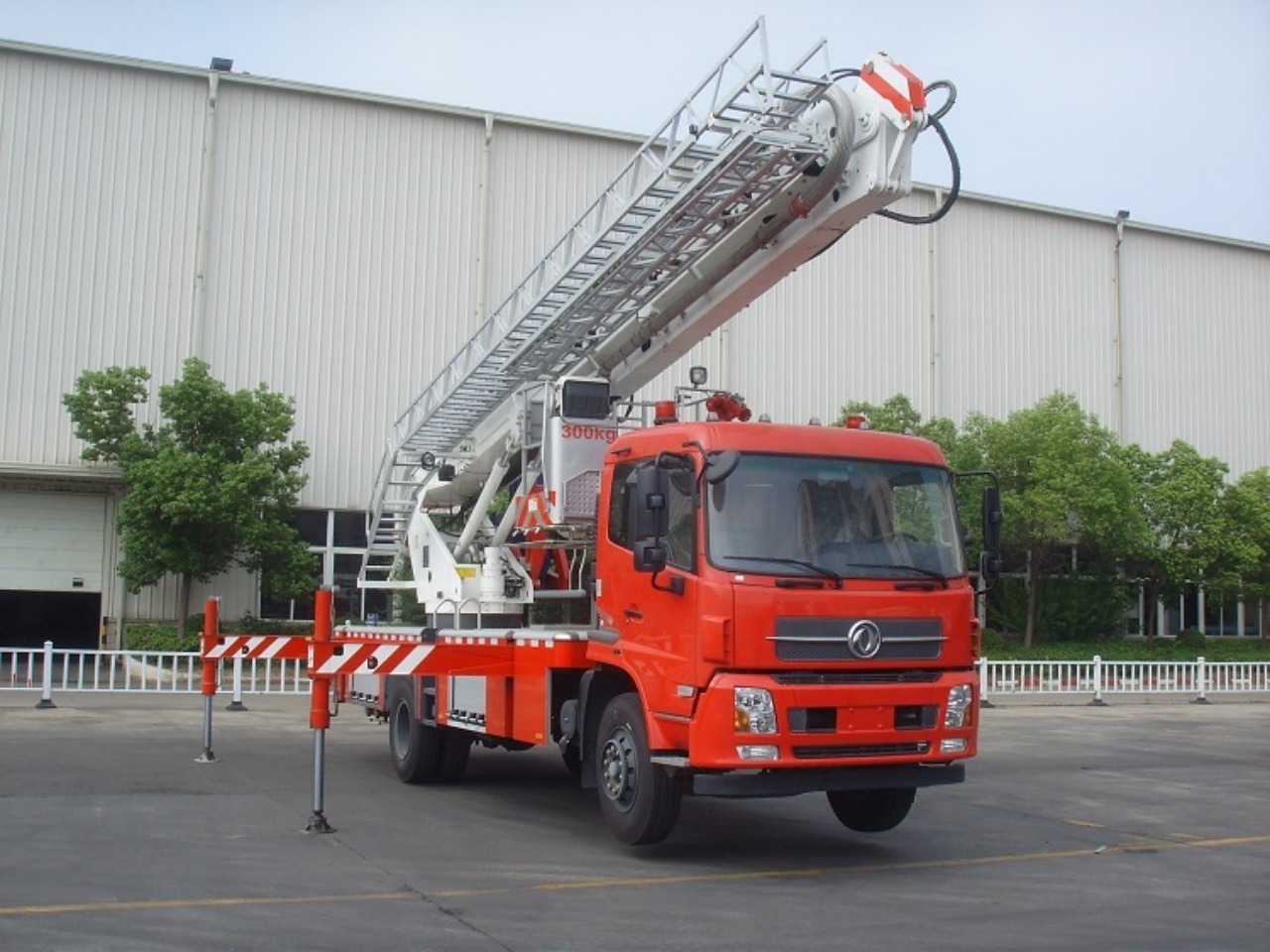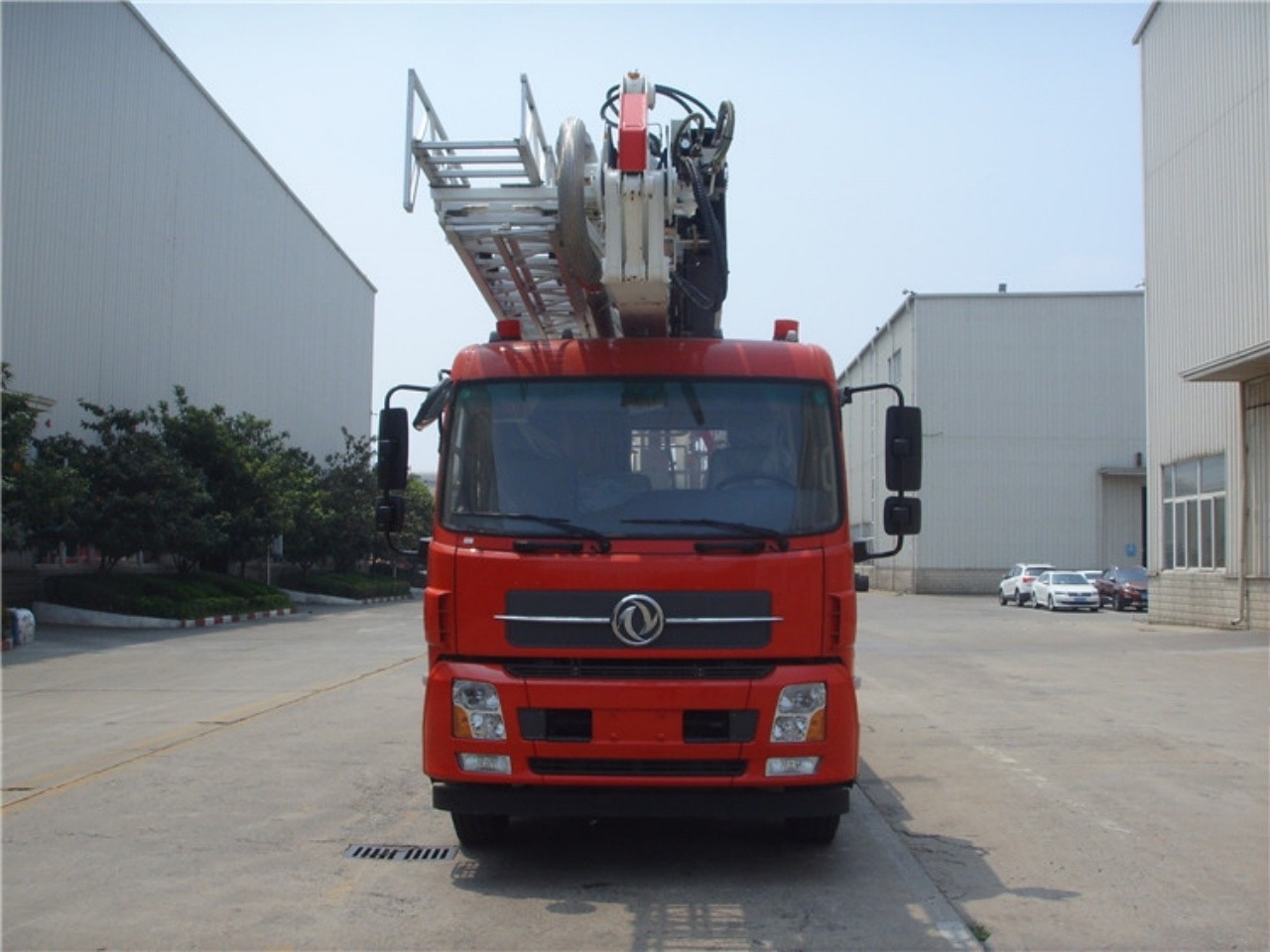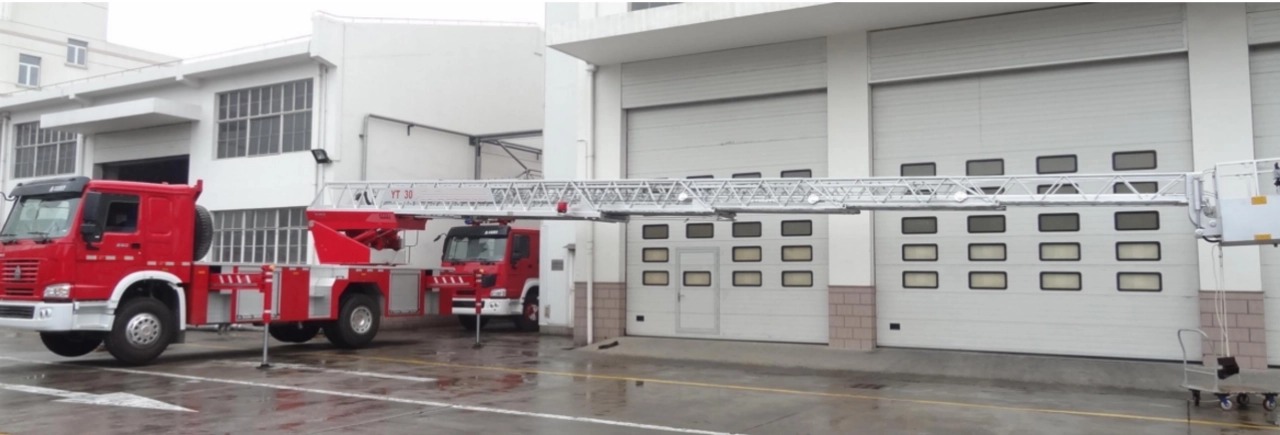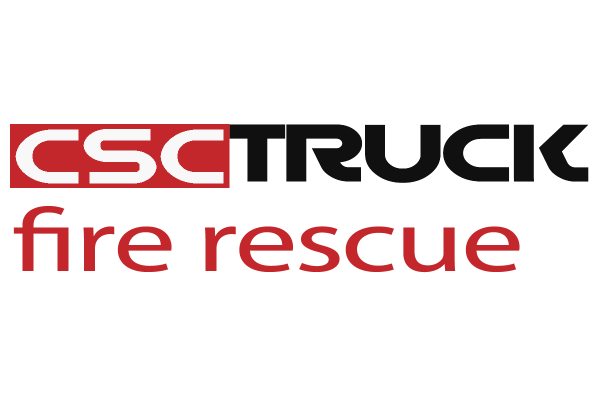Aerial ladders are essential firefighting and rescue tools that enable firefighters to access elevated locations quickly and safely. These ladders are mounted on fire trucks or specialized vehicles, extending to great heights to combat fires in multi-story buildings, rescue individuals, and provide access in difficult situations. While the entire ladder structure plays a crucial role, the tip of the aerial ladder is particularly significant, as it often serves as the primary contact point for firefighting and rescue operations.
The Tip of an Aerial Ladder: The Fly Section and Its Components
The tip of an aerial ladder is commonly referred to as the fly section or simply the tip. This is the highest and farthest extending portion of the ladder, and it is where key operational components are located. Firefighters use this section for critical functions such as water deployment, victim rescue, and roof access. The tip of the aerial ladder is equipped with various features that enhance its functionality and safety, including:
1. Ladder Pipe or Master Stream Nozzle
- One of the most essential components found at the tip of an aerial ladder is the ladder pipe, also known as a master stream nozzle or monitor nozzle. This device allows firefighters to deliver large volumes of water from an elevated position, which is particularly useful for extinguishing fires in high-rise buildings and large industrial fires. Some ladder pipes are manually controlled, while others are remotely operated.
2. Rung Covers and Handrails
- To ensure firefighter safety, the tip of the aerial ladder is equipped with non-slip rung covers and handrails. These features help maintain stability when firefighters are climbing or operating at extreme heights.
3. Anchor Points for Safety Harnesses
- Firefighters working at the tip of an aerial ladder often wear safety harnesses that attach to anchor points on the ladder. These points provide fall protection, ensuring that personnel remain securely attached while performing rescue or suppression tasks.
4. Retractable Ladder Sections
- The fly section itself may include additional retractable ladder sections, allowing further extension when needed. This capability is critical for reaching high elevations beyond the standard ladder length.
5. Thermal Imaging Cameras and Lights
- Some modern aerial ladders incorporate thermal imaging cameras and LED floodlights at the tip. These enhancements improve visibility in smoke-filled environments and aid in locating victims trapped in burning structures.
6. Rescue Basket or Platform (on Certain Models)
- Certain aerial ladders, especially platform ladders or tower ladders, have a rescue basket or platform at the tip. This addition allows for easier victim extractions, provides a stable work area for firefighters, and accommodates additional firefighting equipment.

The Importance of the Tip in Firefighting and Rescue Operations
The tip of an aerial ladder plays a vital role in multiple firefighting and rescue scenarios. Some key operations where the tip is crucial include:
1. High-Rise Firefighting
- In large-scale fire incidents involving multi-story buildings, the aerial ladder tip is used to deliver water streams directly onto the fire. This method is particularly effective when ground-level attacks are insufficient to control the flames.
2. Victim Rescue from Upper Floors
- The aerial ladder tip provides firefighters access to trapped victims on balconies, windows, or rooftops. Firefighters assist individuals onto the ladder or into a rescue basket for safe descent.
3. Ventilation Operations
- Firefighters use tools at the ladder tip to break windows or cut ventilation holes in rooftops, helping to release heat and smoke from the building interior.
4. Rooftop Access for Firefighters
- In situations where ground access to a building’s roof is challenging, the aerial ladder tip serves as a means for firefighters to gain entry and conduct operations such as ventilation, search and rescue, or exposure protection.
Types of Aerial Ladders and Their Tips
The design of the tip varies depending on the type of aerial ladder. Some common types include:
1. Straight Aerial Ladders
- These ladders extend without additional platforms and typically feature a simple tip with a master stream nozzle and handrails.
2. Tower Ladders (Aerial Platforms)
- The tip of these ladders features a bucket or platform, providing a stable work area for firefighters and rescue operations.
3. Tiller Aerial Ladders
- Found on tractor-drawn aerial trucks, these ladders have a long reach and often include an advanced control system at the tip for precision maneuvering.
4. Articulating Aerial Ladders
- These ladders feature a jointed design, allowing the tip to bend at various angles, making them useful for reaching difficult locations.

Safety Considerations When Operating at the Tip
Working at the tip of an aerial ladder requires strict adherence to safety protocols. Some key safety measures include:
1. Proper Harness Usage
- Firefighters must secure themselves with safety harnesses attached to designated anchor points.
2. Weight Limit Compliance
- The tip of the ladder has a maximum weight capacity that must be followed to prevent structural failure.
3. Wind and Weather Conditions
- High winds and icy conditions can affect ladder stability. Operators must assess weather conditions before extending the ladder.
4. Coordination with Pump Operators
- When using a master stream nozzle, proper water pressure must be maintained to avoid sudden movements caused by water recoil.
Conclusion
The tip of an aerial ladder, often referred to as the fly section, is a crucial component in firefighting and rescue operations. It is equipped with essential tools such as a master stream nozzle, safety handrails, anchor points, and sometimes a rescue basket. Whether used for high-rise firefighting, victim rescue, or ventilation, the aerial ladder tip plays a vital role in ensuring the efficiency and safety of emergency responders. Understanding its function, design, and safety considerations allows firefighters to maximize its potential while minimizing risks.








